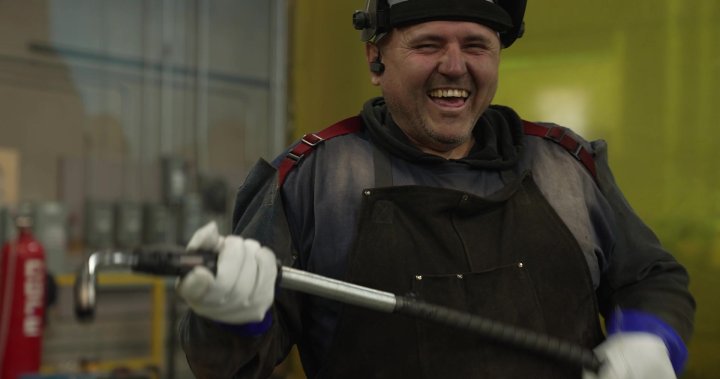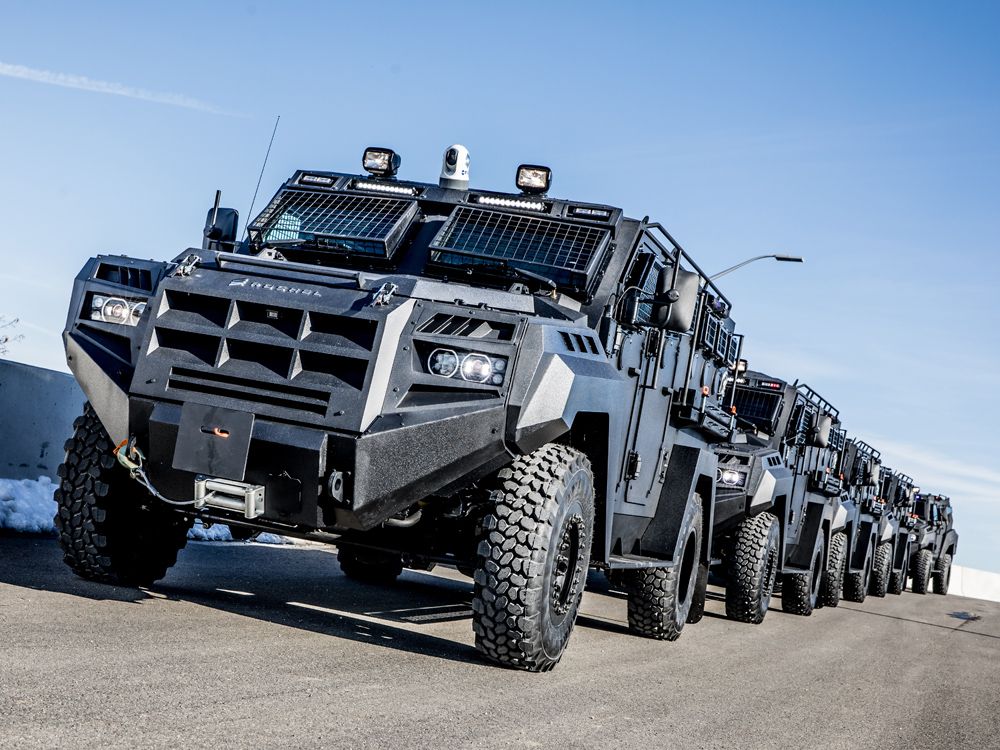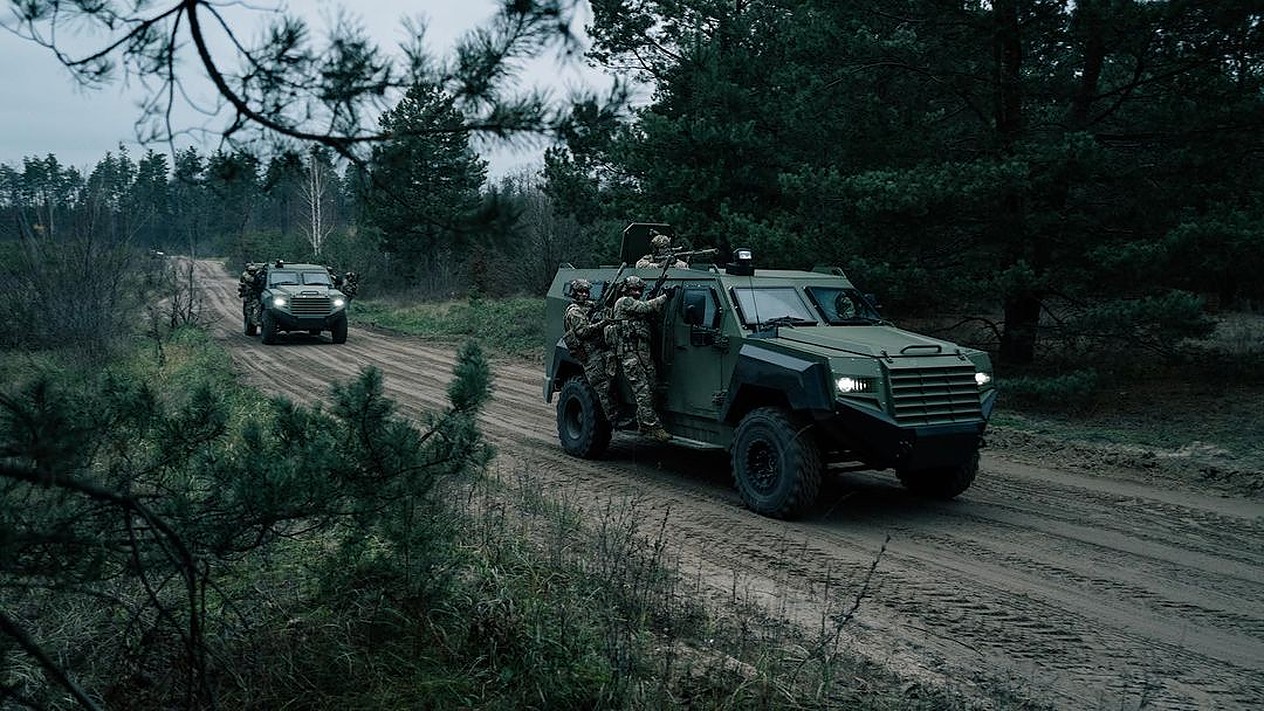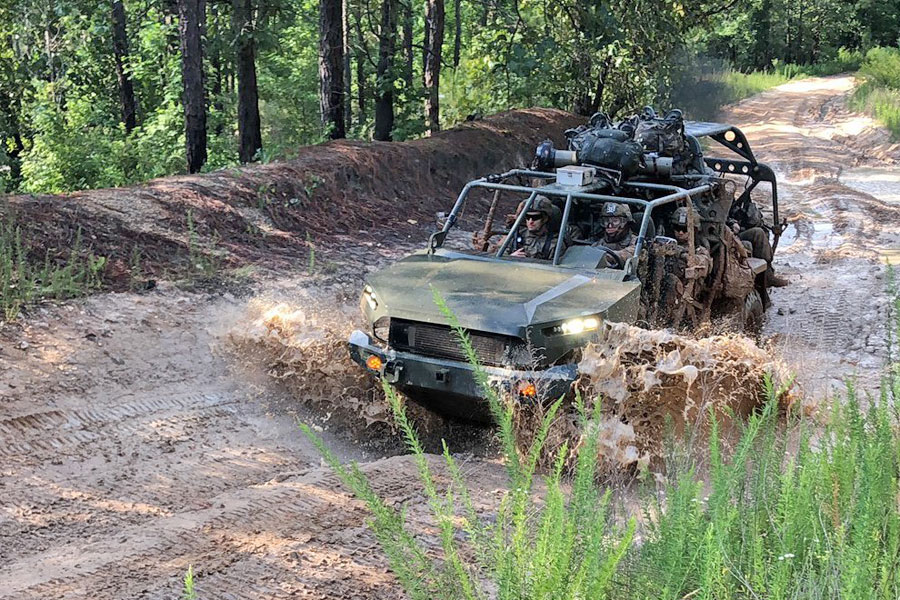- Reaction score
- 12,210
- Points
- 1,160
Pluses

 globalnews.ca
globalnews.ca
Minuses

 nationalpost.com
nationalpost.com
Roshel isn’t waiting for support from Ottawa. Just this month, it expanded into more warehouse space to increase its capacity. And after producing more than 200 Senators this year, it is planning to churn out at least 1,000 in 2023.
“It has the same protection class as the Russian Tiger [light armoured vehicle], but the Senator’s armour withstands stronger impact,” Orest told Global News.

Canadian Shield: How Ukrainians are defending their homeland from 8,000 kilometres away | Globalnews.ca
Upstart Canadian manufacturer Roshel is building hundreds of armoured vehicles for Ukraine — and many of its workers are displaced Ukrainians.
Minuses
the newly developed Senator is actually designed for law-enforcement and border-patrol use, the company says,
“I think it has very limited utility,” said historian David Bercuson,
The vehicles might be handy for transporting troops in rear areas or evacuating civilians, providing protection at least against shrapnel, if not a direct hit, said Milner, whose background is as an armoured-corps officer.
But, “right off the bat, they’re not a front-line capable vehicle,” he said. “You don’t stick this vehicle anywhere near the front line.” (And yet... Kraken)
The Senators will be helpful for the Ukrainian police and “not so good for the army,” said David Fraser, a retired major general who led Canadian Forces in Afghanistan during the landmark Operation Medusa in Kandahar. “But in war, you take what you have.”

Canadian armoured vehicles arrive in Ukraine but they're not fit for front line, experts say
The newly developed Senator is designed for law-enforcement and border-patrol use, raising questions about how helpful the vehicles will be for Ukrainian forces



